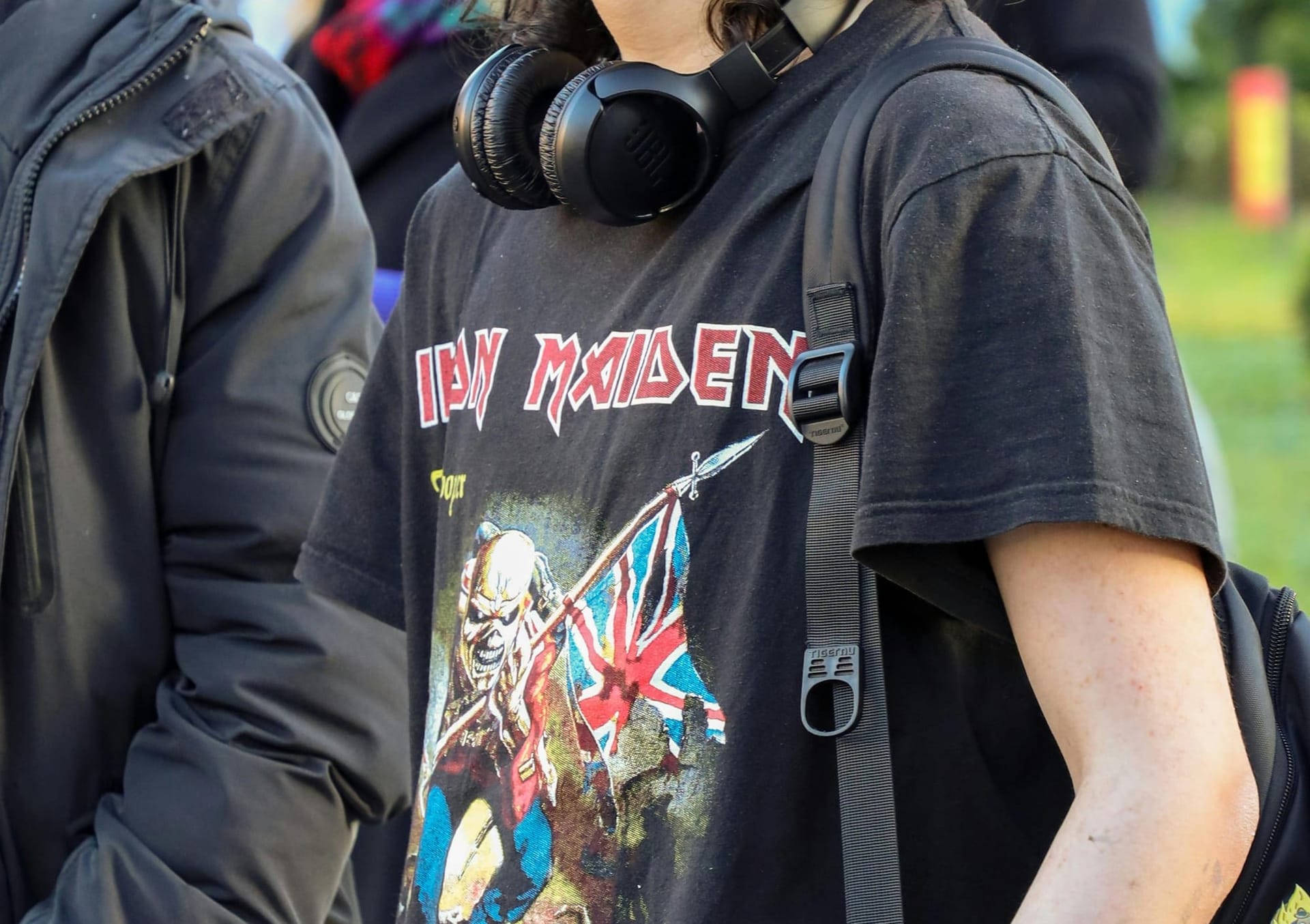Go Where the Fans Are: Lessons from Iron Maiden on Strategic Recruiting

Iron Maiden, one of the most iconic names in heavy metal, has built an unusually devoted fan base in South America. While their musicianship and showmanship are certainly factors, what’s more instructive for us in higher education is how they approached touring—not by chance, but through intentional strategy informed by data. Before committing to an extensive tour in South America, Iron Maiden LLP analyzed social media activity and piracy rates of their music in the region. What they found was a significant level of engagement—fans who were already passionate, already listening, and just waiting for an opportunity to engage further.
That insight led them to lean in—not into unknown markets, but into ones where the audience was already present and eager. In short, they went where the fans were. And because of that, they maximized their reach, return, and impact.
So, what does this have to do with recruiting? A lot.
Recruit Where Your Brand is Strongest
In recruitment, there’s often a tendency to focus on areas with the largest student populations or the most competitive markets. While there’s certainly value in building brand recognition in new regions, it’s rarely wise—or sustainable—to allocate the majority of your resources to areas where your brand presence is minimal.
Instead, consider an 80/20 approach. Spend 80% of your energy and investment in markets where your institution already has traction—where people know who you are, where alumni are active, and where you’ve consistently drawn students in the past. That’s where your brand carries weight, and that’s where you can gain momentum with less friction.
The other 20% of your effort? Use that to plant seeds in new territories, but with clear objectives and boundaries that don’t overwhelm your team or dilute your focus. Strategy is about choice—and often about saying “no” to the right things.
Where Are Your Fans?
This isn’t complicated. Look at your current undergraduate population—where are they from? At my institution, we see strong numbers from Atlanta, Nashville, Dallas, and, of course, across Alabama. That’s where we need to be active—sending performing groups, hosting faculty workshops, engaging educators, and building connections.
Could we send a group to Omaha, Nebraska? Sure. But unless we have a strong presence there, it’s unlikely to generate the kind of return we’d see in a city where our brand is known. Every effort we make should be calibrated by the question: Are we showing up where our fans already are?
Give Fans a Reason to Stay Engaged
Here’s where it gets challenging. Artists know that once you’ve won fans, the real work begins—keeping them engaged. Touring the same show over and over rarely works unless you’re at Taylor Swift levels of fandom. People crave novelty, something fresh that feels worth their time.
The same is true in recruiting. If your choir visited a school last year, maybe it’s time to send your musical theatre troupe or your game design team for interactive demos. Rotate your programming to create anticipation and offer different facets of your institution’s strengths. That novelty keeps your brand vibrant and relevant.
Learn from the Pros
Think about the artists, businesses, and influencers who’ve mastered fan engagement. How do they use social media? What do they consistently highlight about their brand? How much of their time is spent interacting with their audience, not just broadcasting to them?
Iron Maiden leveraged data to deepen their connection with fans and expand their influence. We can do the same in recruiting—by knowing our audience, meeting them where they are, and offering them compelling reasons to keep coming back.
Let’s take a page from their playbook and be intentional about where we invest our time, talent, and resources. The fans are out there—our job is to show up well.
